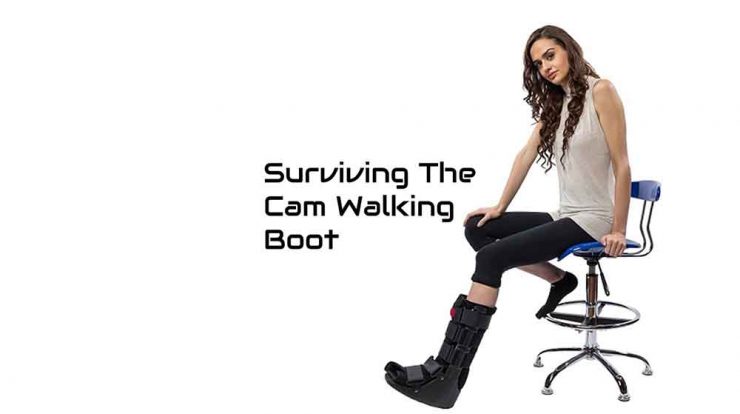
My experience in a CAM Walking Boot. It was a beautiful day despite the spate of rain, the sun is now peeping through the clouds and everyone seems to be in a good mood.
You gazed at the smiles of people passing by and then suddenly you slipped, found yourself on the ground, felt a sharp pain in your ankle and wondered if you sprained your ankle.
You searched, “doctor near me” on google, followed the directions suggested by the satnav and hobble to the nearby doctor’s office.
What does the CAM of CAM walking boot stands for?
The doctor informed you that you tore a ligament in your ankle and will have to wear either a traditional Plaster of Paris cast or a CAM walking boot.
The plaster of paris cast is the regular cast that we are all familiar with. The one that we saw our friend wear during school that we all sign, to show some love.
The CAM walking boot is the new and improved way to tread broken or sprained ankles. The CAM of the CAM walking boot stands for control ankle movement.
As its name suggest is is use to control your ankle movement during the healing process to ensure that your ankle heals properly.
The doctor’s instructions on what to do.
Oh my god, you start to envision the worst scenarios, sitting at home wasting your time away can’t do anything fun and physical. The doctor stated that for the next couple of weeks you have to put your legs up and rest.
Rest? We all know how hard it is to rest when we still have to go to work, keep fit, and do the domestic chores.
The doctor shone a ray of sunshine when he stated that you can still move around a bit with a cam boot walker. You would be able to do all that you are accustomed to doing but the walker boot is the best way for your foot to get the rest that it needs to ensure that it heals properly.
What else is the CAM walking boot good for?
The cam boot walker is not just for sprains, it is also good If you suffer from tendonitis, heel pain, ball of foot pain, fractures and other foot problems. There are a number of different types of walker boots.
There are tall cam walker boots, short cam boots, and the pneumatic CAM boots. The walking boots are also known by many different names; medical boot, air cast boots, fracture boots, walkers or moon boot. These names are pretty interesting, if there are any other names, I will surely include them here.
Common questions that we need to ask our doctors about the CAM Boot Walker.
A number of questions are answered in this article about different types of foot injuries and the best CAM walking boot to help.
Hopefully, it will have you to make the best decisions possible in discussion with our medical team. It is always good to know some prior information so that you can ask more informed questions.
The typical questions you normally need guidance on is:
- How long should you wear a CAM walker boot? It is very different for different foot problems that you may have?
- Which boot walker should you wear to better aid the healing process? A tall boot walker, short boot walker or pneumatic walking boot?
- Which is better for you in terms of leg support? The pneumatic walker boot or the regular walker boot or the short or long moon boots?
What should we consider when wearing a cast for a broken leg or sprains.
Different foot injury will require you to wear either a cast or walker boot. The technology behind the walker boots are so improved that it can be prescribed to work with broken or fractured legs, ankle or foot.
Depending on the injury you may receive a tall walker boot, a short walker boot a pneumatic walker boot or a regular walker boot.
Other considerations are the length of your foot, children are not given the tall ones because they are too tall, the air casts are given for fractured legs because it offers greater support.
The pneumatic or Air cast cam walking boot is the one with the air bladder. The air bladder can be pumped up to offer more comfort and a snugger fit.
Using A Walking Boot? What Are The Most Common Conditions Treated By A CAM Walking Boot
OK, let us get started with some of the most common conditions that are treated with the cam boot walker.
- Fracture of the Ankle
- Ankle Sprain
- Ball of Foot Pain
- Regular Foot Fracture
- Heel Pain/Plantar Fasciitis
- Fracture of the Metatarsal bones
- Tendonitis
- Toe Fracture
1. Ankle fracture
An ankle fracture is an injury to the foot caused by the ankle rolling inward or outward.
The resulting roll normally cause a partial or complete break in one of the bones that make up the ankle joint.
Fractures can range from avulsion injuries to severe shattering of the tibia, fibula or both.
Treatment of ankle fractures
There are different treatment options available. The treatment given depends on the severity and type of injury. At first, the foot doctor will suggest that you follow the RICE protocol:
R is for Rest: You will be advised to rest your ankle by staying of it for a while. Walking on your ankle during this time will only cause further injury.
I is for Ice: You may be asked to apply an ice pack to the injured area. Never apply ice directly to the area. Place an ice pack on a towel that is placed on your skin. Use ice for 20 minutes at a time. Wait for twenty minutes to forty minutes before applying again.
C is for Compression: An elastic wrap is sometimes used to control the swelling.
E is for Elevation: The raise the ankle slightly above the level of your heart to reduce swelling. Rest is very important and the CAM walking boot is used for Immobilization of the ankle in order to rest it. Rest is critical for the healing process.
How long to wear it: Again, see a doctor first as it really depends on the type of injury. It could be anywhere from 3 weeks to 8 weeks or even more. Wear it for as long as your doctor tells you.
Short or Tall Boot? The tall pneumatic boot is used in most cases for ankle fractures. This is the type that has air bladders that can be pumped up for extra support.
Regular or Pneumatic Boot? For fractures doctors always tend to recommend the use of the pneumatic boot. It is suggested that they offer the extra protection that you need. It limits ankle motion as much as possible to foster good healing.
Where can I get one? You
2. Walking Boot for Sprained Ankle
Ankle sprain is the ripping of the ligament in the ankle joint. This is typically caused by awkwardly twisting the ankle joint beyond it natural range of motion. Ankle sprain is one of the most common form of foot injuries. It is most prevalent in people who are active.
Treatment of ankle sprain using walker boots
Recent studies on ankle sprain treatment have shown that immobilization in a CAM cast boot for the first two weeks will allow proper healing of the injured ligaments to begin.
Sometimes we are inclined to self treat a sprained ankle but it is advisable that professional help is sought in order to prevent long term injury. In the first instance a doctor would normally get you started with a CAM walking boot.
Most doctors will definitely put your sprained ankle in a CAM walking boot initially to get the healing process started.
How long to wear it: Most time you will be given a medical walking boot to wear for about two weeks following an ankle sprain.
Short or Tall Boot? Doctors tend to always use the tall boot for ankle sprains. Their reasoning is that the short one does not provide adequate ankle protection and support.
Regular or Pneumatic Boot? It does not matter, the less expensive regular tall boot walker should work fine for ankle sprains. You can ask if you can upgrade to the more expensive pneumatic one that can be adjusted as the swelling on your foot goes down.
Where can I get one? You
3. Walking Boot for Ball of Foot Pain
The ball of the foot can become painful if put under stress. The pain can feel like a burning or aching sensation, a feeling like there’s a small stone stuck under the foot. Metatarsalgia is the scientific name given to a pain in the ball of the foot. The pain affects the area underneath the metatarsal bones at the front of the foot.
General wear and tear, playing too much high-impact sports, being overweight, wearing heels are considered to be the main cause. The pain normally develops gradually over time and excessive standing, walking, jogging or running too much are the main contributing factors.
Treatment of ball of foot pain
The main treatment is to relieve pressure off the ball of the foot. You can do this easily by resting, putting you legs up. If the pain is bad then you can wear one of those walking that has a rocking motion. Alternatively you can wear the walking cast boot because it has the rocking motion that will allow the ball of the foot to rest and heal.
How long to wear it? For ball of foot pain you can wear the walking boot for about seven days.
Tall or Short Boot? Either the tall or the short boot can work well and is effective.
The tall boot is more comfortable, especially if you are tall as it does not hurt the shin. The short boot may be preferable if you are much shorter. An arch support can be used to transfer some of the pressure off the ball of the foot and offer overall comfort.
Regular or Pneumatic Boot? Use the less expensive regular boot walker.
Where can I get one? You can get one here
4. Foot Fracture
Foot fractures can occur at any time if we are not careful. There are numerous types of foot fractures that we have to deal with. Each of these types of fractures may require a different type of treatment. A boot walker is perfect for most of these injuries. The more severe ones may require a cast because the doctor wants to ensure that you don’t have the possibility of removing the cast and risk being reinjured.
How long to wear it: The severity of the foot fracture will determine the length of time you will have to wear the fracture boot. Your doctor will determine this. However, it could be somewhere between 3 weeks to 8 weeks or even longer. Your doctor will determine the exact length of time you have to wear it and he or she may constantly monitor your progress.
Short or Tall Boot? The simple answer is, in most cases, the tall boots are best for foot fractures. The taller fracture boot immobilizes both the foot and the muscles connected to the foot.
Regular or Pneumatic Boot? For fractures your doctor normally recommends the
Aircast tall pneumatic boot. The reason is quite simple, your leg will need to extra support to limit movement in the injured region as much as possible. The tall Aircast pneumatic boot, with its air bladder, provide almost the same sort of protection as the regular traditional cast. The traditional cast is similar to the ones our friend normally get signed.
Where can I get one? You can get a good tall Aircast pneumatic boot on Amazon. You can find one with a very high rating.
5. Heel Pain or Plantar Fasciitis
Standing all day in your job or doing excessive sports training can cause heel pain. Heel pain can be debilitating. Walking boots can help by reducing the tension on the plantar fascia. The reduction of the tension on the fascia give it a chance to relax and heal.
How long to wear it? Heel pain can be reduced by wearing the walking boot for between 7 to 14 days. The length of time that the boot is worn is dependent on the severity of the pain.
Tall or Short Boot? Since it is heel pain you are suffering from you can wear the tall walker boot or short boot walker. The tall boot walker normally reach up to the calf and therefore will feel more comfortable because it secure the entire foot. You can wear an arch support inside the boot to relax the plantar fascia even more. You can probably wear this Orthotic Insole for plantar fasciitis. You can fit this pad in the boot to increase the arch height. If you are a short person the short boot may fit better.
Where can I get one?
6. Metatarsal Stress Fracture
Metatarsal stress fractures are frequent with sports people. The metatarsal bones in the foot are the long bones in the foot, that connect your ankle to your toes. It is caused by overly stressing the foot by using it repeatedly. A stress fracture is very different from an acute foot fracture, which is caused by a sudden and traumatic injury. Metatarsal stress fractures will heal faster and better when immobilized by wearing medical boot.
How long to wear it? Most people with metatarsal stress fracture normally wear a boot walker for between 2 to 4 weeks. Your doctor will tell you for how long exactly.
Tall Boot or Short Boot? With stress fracture, you want to rest the entire leg and therefore limit motion of the foot. The tall walker boot is normally recommended for metatarsal stress fractures.
Regular or Pneumatic Boot? The tall regular walker boot is perfect for metatarsal stress fractures.
Where can I get one? You can buy anyone on Amazon or any other store that you are comfortable with. You can check our this one.
7. Tendonitis
Tendonitis is when a tendon swells up and becomes painful after a tendon injury. It is most common in the heel, although it can happen anywhere that tendons are found in the body. The reason for a boot walker, when it comes to tendonitis, is to reduce the tension on the tendons. It can only start healing with reduce tension.
How long to wear it? With tendonitis, your doctor may recommend that you wear a walking boot for between 10 and 14 days. .
Short or Tall Boot? The tendons are connected to the major bones higher up in the leg and therefore the tall walking boot is best.
Regular or Pneumatic Boot? You can wear either the regular walker boot or the pneumatic ones. If you need extra support and comfort use the tall pneumatic one.
8. Walking Boot for Toe Fractures
You can use a walker boot for to injuries. When the to is immobilized it heals much faster. Plus the walker boot will protect the toes from accidental reinjury.
How long to wear it? A toe fracture normally takes between 2 to 6 weeks to heal.
Tall Boot or Short Boot? Many of the muscles that attach to the toes start in the upper leg therefore the tall boots are preferable because to immobilize the toes is to immobilize the entire leg.
Regular or Pneumatic Boot? Either regular or pneumatic is good enough.
Conclusion
I did a lot of research to find you as much information as possible about the cam walking boot. Links are provided in the article that features products you may like on Amazon to help with your injury. The information is here is for information purposes only. You should ALWAYS listen to your medical time before you do anything that could jeopardize your health.
Reference:
https://www.foothealthfacts.org/conditions/ankle-fractures https://www.footankle.com/boots-foot-ankle-injuries/

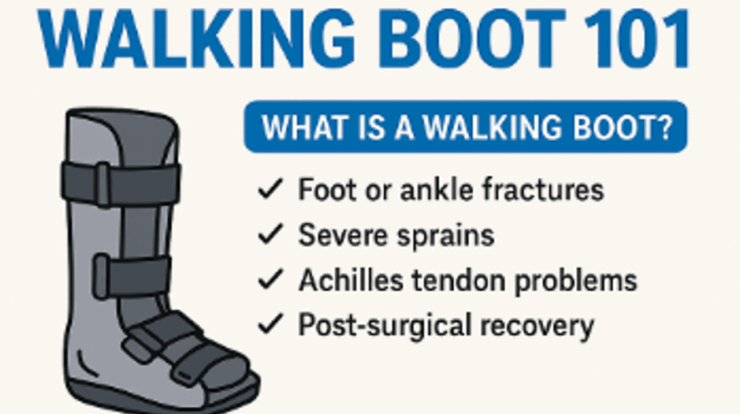
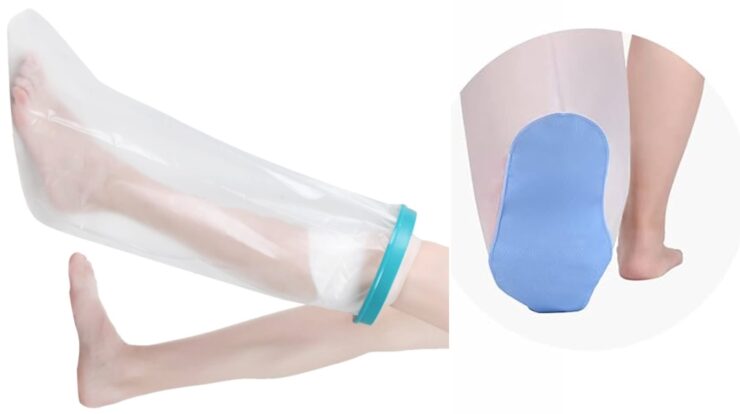
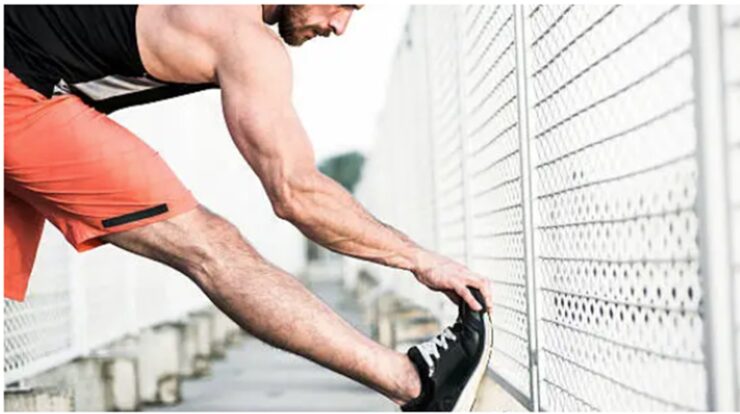

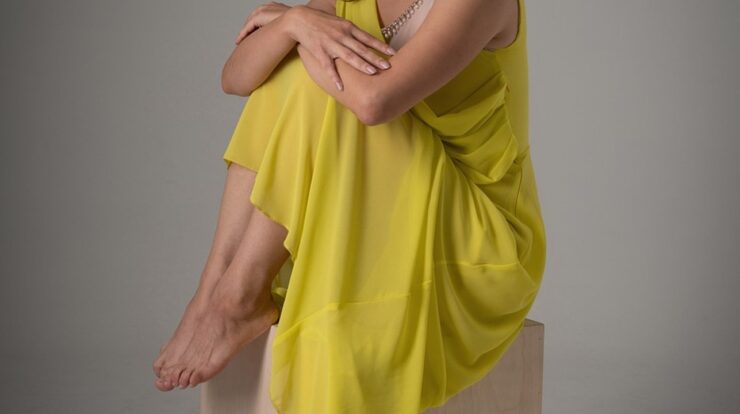
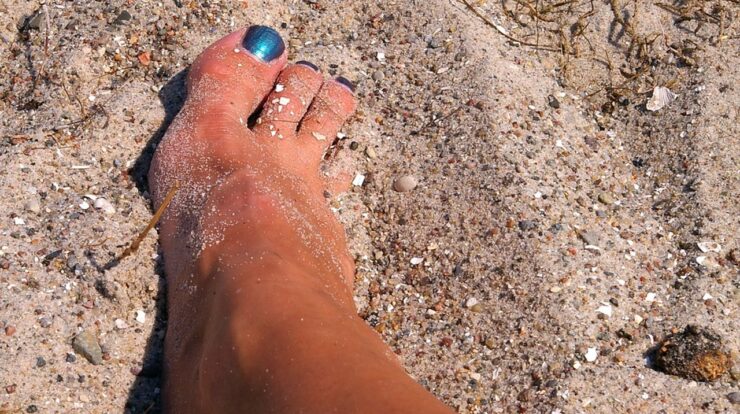
1 Comment
Comments are closed.